Retail B2C
Topo Designs Scales Marketing
Mountains with AdRoll
- 7.6X ROI
- Improved ability to track data and make faster decisions
Grow with our help
Book a MeetingBuilding a company is more than finding seed money and office space. It’s about determining who you are as a brand, what you have to offer, who’s going to benefit the most from what you’re offering, and who’s going to help you get there.
We know who we are as a brand: Topo Designs is a Colorado-based fashion and outdoor lifestyle brand. Whether you’re looking to climb a mountain, travel the world, or simply need a sturdy backpack to carry your laptop and lunch to the office, we’re here for you.
From its inception, our offering was always clear. The rest, however, took some time to develop.
Selling the Colorado Lifestyle
Colorado’s rich in history and culture, such as ghost towns dating back to the 1859 Gold Rush and the Telluride Film Festival, one of the top cinematic gatherings in the world. Still, for most people, Colorado means white water rafting in the shadow of the Rockies, skiing down epic slopes, and hiking for hours to take in some of the most breathtaking vistas in the country.
Topo Designs has captured the essence of its birthplace since it began as a hyperlocal business in 2008. Co-founder Jedd Rose started designing and sewing backpacks in his Fort Collins basement and partnered with Mark Hansen, who sought out business partners in the Denver Metropolitan Area. The duo loved the outdoors and wanted to recreate the sturdy, classic bags they used and loved growing up. Eventually, they added apparel to their product line.
More than a decade later, Topo still embodies the Colorado spirit. Every year, for example, our company takes the entire team to the Mountainfilm Festival and organizes a climb on the Telluride Via Ferrata, which requires a combination of ropes and ladders to scale. The event has a family vibe and the company is very supportive, providing all the gear for the climb with zero pressure to make the ascent.
Still, people have different takes on adventure. Before I moved to Colorado, I wasn’t really into the great outdoors. Since I joined the company four years ago, the combination of location and ethos has rubbed off on me. These days, though I try to get outside as much as I can, I know that every outdoor activity isn’t for everyone.
Dozens of our people participate in the Via Ferrata each year. After doing some research, I knew it was beyond my limit—and that’s okay. At Topo, we strive to make the outdoors more accessible to everyone and help people understand that anyone can bring these products into their life and define their own experience.
An Underdog with Unique Challenges
Marketing is a lot like rock climbing. It’s a challenging and upward struggle, especially when you’re a small company going up against giants like Patagonia and The North Face. We make a top-quality product, yet Topo doesn’t have the clout or the budget of these brands. As a result, we have to be nimble, and we have to be smart.
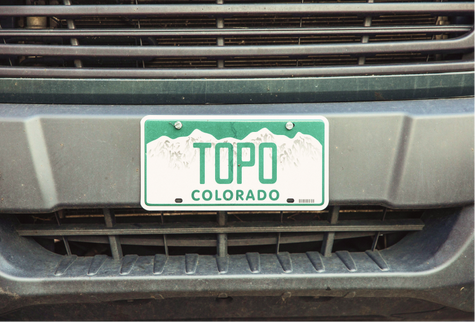
Topo makes technical gear for outdoor lovers, travellers, and everyday people. We can't go hyper-niche like some of our competitors, but we also can’t please everyone by making the perfect backpack or jacket for hiking, commuting, and travelling. Despite our five retail locations and selling our gear at many more, we lack the robust retail presence and name recognition of the bigger brands. This makes it difficult to get our products in front of the right consumers.
Online sales pose a further challenge. Buyers can’t touch the products they’re ordering, so purchasing often requires a leap of faith—especially when it’s a garment or a bag. While word of mouth and online advertising drive viewers to our site, unless we can convince them that an item is the right fit, all our marketing efforts will have amounted to nothing.
Today, I’m Topo’s digital marketing manager. Back when I started here as a digital marketing analyst, Topo had never paid for online advertising. We were starting from scratch, and I had the freedom to experiment by placing ads on different platforms and targeting specific demographics.
While I had a lot of freedom, I didn’t have a lot of money to play around with. I had to be thrifty. I used small spends to test marketing scenarios and to plan bigger, bolder moves. It took a year of trial and error, but I learned what worked.

Choosing a Familiar Partner
When it came time to choose a digital and growth marketing strategy partner, I didn't have to look far—I went with one of our customers.
AdRoll was one of our first white label accounts, and they had ordered dozens of bags branded with their logo for their employees. We knew that any company that ordered our bags for their employees was most likely aligned with our values. On top of that, here was a company in San Francisco who knew about our products even though we were a small, regional business. That was huge, and it set them apart from the beginning.
Topo Designs was unknown outside Colorado at the time. Working with a marketing company that recognized the quality of our products and already knew the brand was a definite plus. When you’re David to Patagonia’s Goliath, you need a way to level the playing field, and finding a marketing partner who already understands you is a good start.
Narrowing Our Focus to Grow Our Brand
AdRoll gave us feedback from day one. Some digital marketers take your money, place your ad on select channels, and move on, but that's not the AdRoll way. They helped us understand how we were spending our advertising dollars, what ads were working, and how we could pivot and adapt our online campaigns based on consumer demand.
AdRoll helped us see that we needed to narrow the focus of our sales efforts. Many small companies like ours make the mistake of trying to sell everything at once. We ran a few micro-campaigns to test the waters and realized it might be smarter to focus on one item instead of running a bigger campaign promoting all 25 new products that were part of a launch.
One crucial insight led to reducing our A/B testing period. At one point, we were spending three weeks trying variations on an ad, but we learned that we’d often see results after just two weeks, and so there was no need to extend these trials.
We also learned to change one element at a time when testing ads. That way, we could determine if customer engagement was based on the copy, the image, or both. AdRoll gave us the tools to adjust our campaigns while they were still in progress. We can now pivot faster in response to customer reactions and demand.
AdRoll is also working with us to better plan our annual marketing calendar. They come to us in late summer asking about our holiday campaign, and we can tell them the CPMs and ROAS we want to hit. We can also look at the data from the previous year and instruct them to run the same flash sales on the same schedule, or to try something new. We are no longer scrambling to come up with strategies and marketing collateral at the last minute.
Our First Major Single-Product Push
I spent that first year learning the ins and outs of AdRoll, and I am always finding new ways to use the platform to refine our marketing efforts. Last year we tried something entirely new for us.
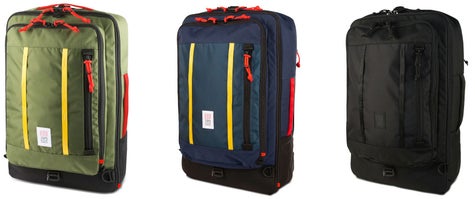
When we launched our Spring 2019 season, we also rolled out an AdRoll campaign solely promoting our Travel Bag. It had been a popular item during our holiday sale, and we wanted to see if we could replicate that success. We were also targeting a mid-size audience instead of trying to capture every consumer at once. AdRoll helped us set daily goals, follow up on our targets, and refine our campaign.
It was our first major single-product push, and we learned a ton (I think AdRoll did, too!). We built an informational landing page for the bag instead of sending customers straight to the product page. The new landing page had a lot less information and also fewer barriers to conversion. Because this campaign yielded such positive results, we expanded our tests.
We took what we learned from the Travel Bag A/B tests and tried another approach. We sent site visitors to a standard page that listed all the latest products in our new collection. We tested this against a very slick Look Book, with tiny product links. We had no idea which of these landing pages our customers would prefer.
The Look Book won by a landslide when it came to conversions. Our customers went for the magazine-like spread. They chose fashion advice and styling tips over a standard catalog or product page. This highly visual and useful content created excitement and gave them a better reason to visit the site. We weren’t dropping them straight into the sales funnel and asking them to shop; we were inspiring them to integrate our brand into their lives.
Through this experiment, we learned that telling our story is the best way to advance the customer journey and remove barriers to conversions. Showcasing our brand drew potential customers to our site and to our products, and those views converted into sales.
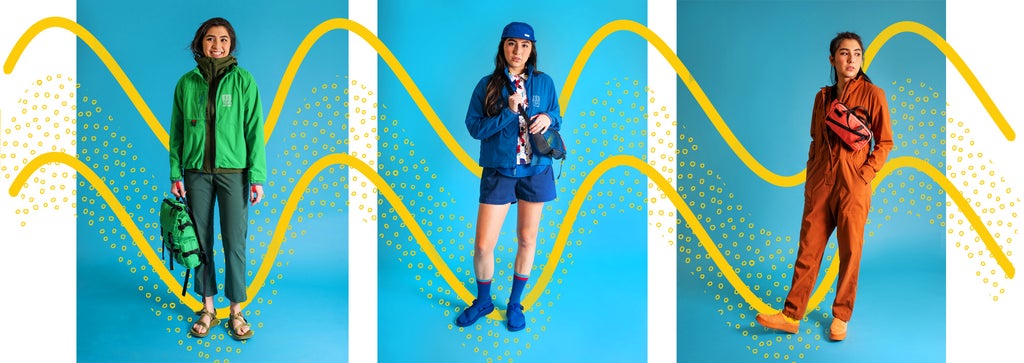
AI-Driven Visitor Retention
We are also using AdRoll’s AI-driven recently viewed items and product recommendation features to keep people on our site and to convert their visits into sales. When someone is shopping for a bag, they rarely look at just one. They usually take their time, examine various product lines, and compare features until they find the right fit.
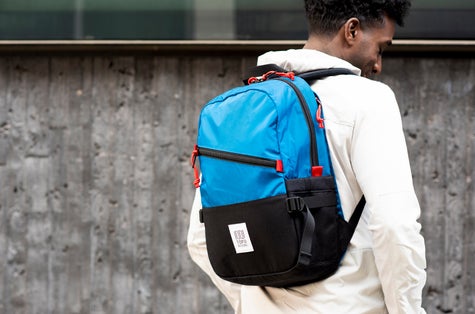
Of course, the perfect bag may be the first, third, or the 14th they view, so they'll want to go back through some options before making a purchase decision. If trying to do so is frustrating, they’ll go elsewhere. So, it’s a no-brainer to leave a trail of breadcrumbs they can easily follow.
The product recommendations feature is another way to drive conversions. A shopper who is considering our classic backpack for their bike commute to work may feel like it’s the wrong shape and size for what they need. They may not think of looking at another category product. If we recommend a messenger bag, however, they might rethink their options and stay on our site instead of heading to a competitor’s online shop looking for backpacks.
Frictionless Recommendations
The recommendations and recently viewed item features in AdRoll are automated and frictionless. The platform will never link to a product that is off-sale, discontinued, or out of stock, all of which cause a considerable amount of customer and employee frustration.
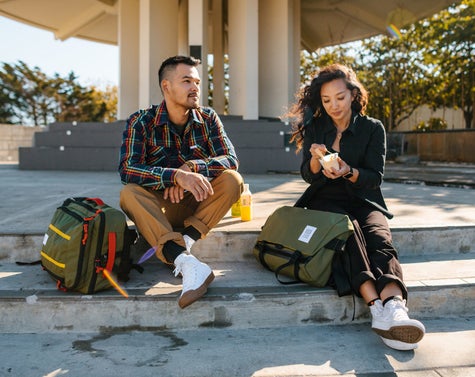
If an item isn’t available, it won’t show up at all. You’d think that would be obvious, but that wasn’t the case with our previous recommendation solution. Before embracing AdRoll, we tested a few out-of-the-box apps, but their programs kept linking to stock that wasn’t there.
It was a hassle for customers who couldn’t order the item they wanted, but it was also a pain for our in-store and warehouse staff. We had no way of confirming whether a product was in stock without physically checking our inventory. Those days are far behind us.
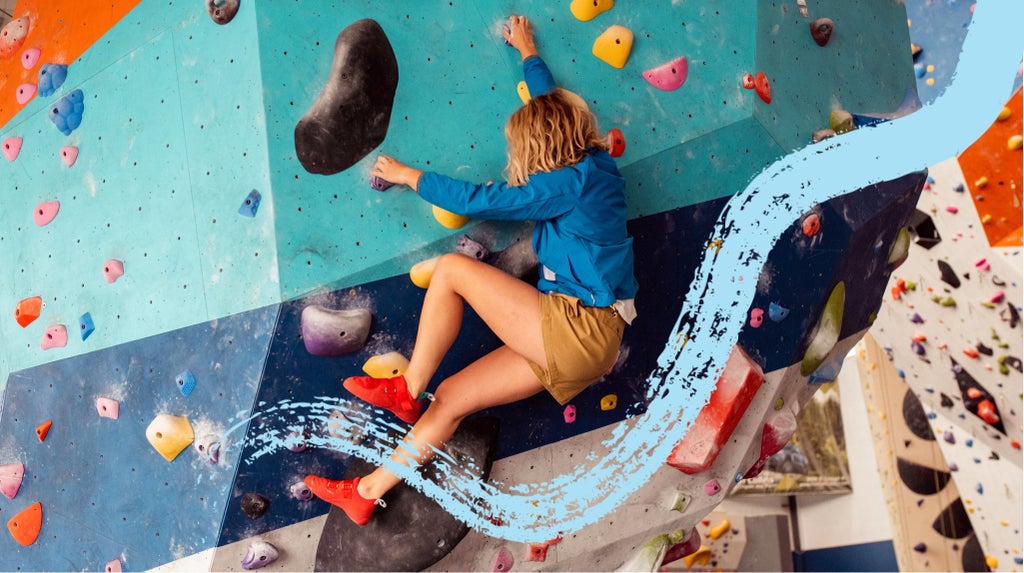
Reaching Higher Heights
Thanks to AdRoll, we have widened the scope of our ad campaigns, mastered our marketing cycles, and improved our ability to track data. We can see how customers react and adapt our strategies to better connect them to the products they want to buy.
Our sales figures have risen over the last four years, particularly around our holiday campaigns, and we’ve been able to drive a consistent 7.6x ROI. Watching these numbers grow has given us the confidence to try different types of campaigns and to increase our spend with AdRoll each year. We now understand how to hone our marketing strategy to get the most from our online advertising spend.
AdRoll has helped us make molehills out of marketing mountains. Our online presence is drawing more eyeballs that are converting into sales. That’s a win for Topo Designs, and it’s also a victory for our customers, who are dreamers and adventure-seekers as well as realists and explorers.
We are an active lifestyle brand, and we encourage our customers to go outside, explore their backyards, climb mountains, raft down rivers, and travel to faraway lands. AdRoll helps us help them plan their next great adventure.
